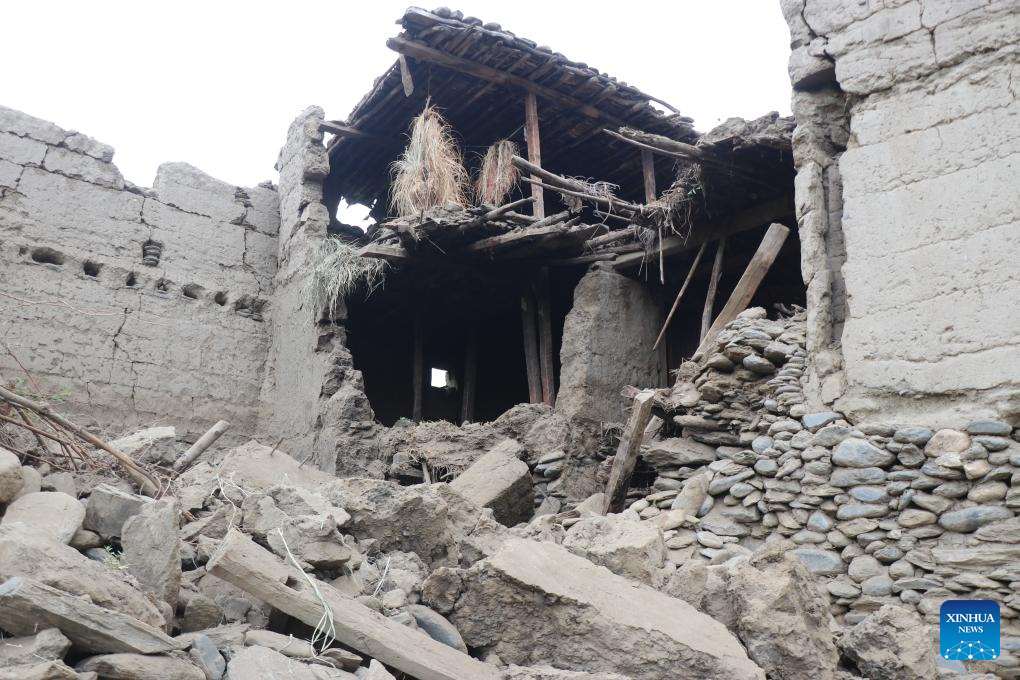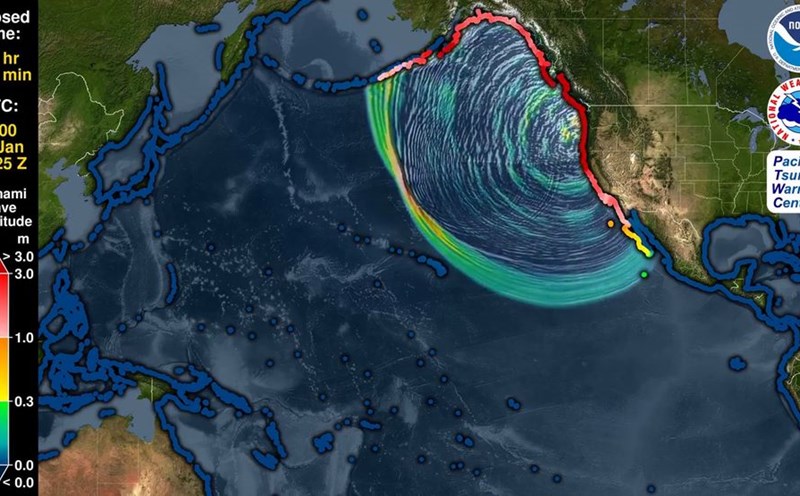According to the US Geological Survey (USGS), the 6.3-magnitude earthquake with the center of the earthquake was located at a depth of about 28km, near the city of Mazar-i-Sharif, the capital of Balkh province and one of the most populous urban areas in Afghanistan, along with neighboring town Khulm.
According to Haji Zaid, a spokesman for the province's governor Balkh, at least four people have died, many injured, and houses and structures have been severely damaged.
The USGS's casualty forecast model shows that the death toll could reach hundreds due to widespread earthquakes and many areas with weak real estate.
The National Disaster Management Agency of Afghanistan said that many northern provinces were once again shaken violently at around 1 a.m., and called on rescue forces to urgently respond.
Powerful earthquakes of up to 5.2 on the Richter scale were recorded a few hours later, while neighboring Tajikistan, Uzbekistan and Turkmenistan all felt the aftershocks.
One of the most serious damages was at Lam Strip ( Blue Mosque) in the center of Mazar-i-Sharif - a sacred relic believed to be the resting place of Hazrat Ali, the fourth Khalip of Islam. Images circulating on social media showed cracked dome and walls, broken bricks and tiles spreading the yard.
The USGS issued an orange alert via the PAGER system, showing a significant risk of casualties and economic damage, requiring a response at the regional or national level.
Local residents are still shocked. Ms. Rahima, a retired teacher in Mazar-i-Sharif, recalled: We were so excited in panic that the children cried and ran down the stairs. I have never seen such a strong earthquake.
According to her, many suburban houses built with soil may not survive. I am lucky to live in a concrete house in the city, she said.
Just a few months ago, in August, a 6.0-magnitude earthquake in eastern Afghanistan claimed more than 2,200 lives.

In October 2023, another 6.3-magnitude earthquake hit west of Afghanistan, killing more than 2,000 people.
This earthquake continues to ring the bell warning about the vulnerability of the mountainous country struggling with natural disasters and humanitarian crises.











